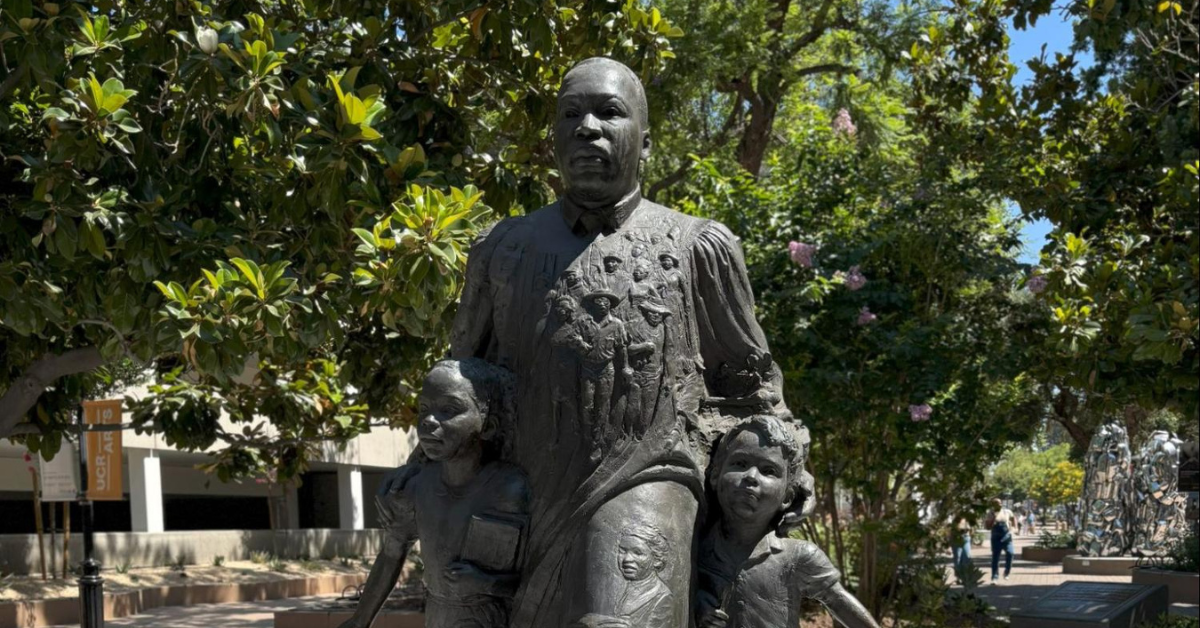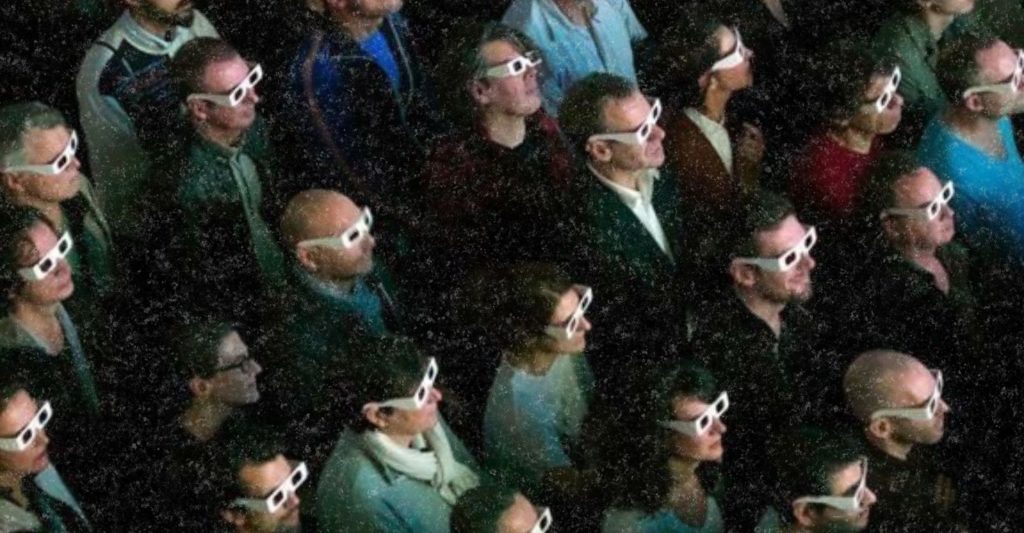
How Authentic is Your Activism?
Shortly after the Syrian civil war broke out in 2011, I saw a meme on Facebook of a peace sign with each finger painted to look like the Syrian flag. Hoping for a quick end to the conflict, I decided to make that meme my profile picture for a (short) while. I knew little about the war, much less what I could ever hope to do about it.
My little gesture of support for peace is what you might call “performative” activism. Probably harmless. Possibly not. Mostly motivated by a desire to be seen caring about the conflict. Surely did nothing to shorten it.
Contrast this with authentic activism, which makes a genuine difference and is motivated by results rather than ego, The article that follows contrasts the two, laying bare the characteristics, motivations, and consequences of each type of activism as well as some practical steps for those who would like to move beyond performance and make a genuine contribution to a better world.
Performative Activism: Symbolic Gestures
Performative activism is hollow, done more for the self than the cause. It might be driven by a desire to polish social standing or public image. It’s a public display of support for a cause but typically without an action supporting that cause. It’s more about visibility and symbolic gestures that align with trending movements and less about sustained effort or results—a manifestation of the ego, attempting to preserve its self-image and reduce some internal discomfort.
Performative activism comes in both corporate and personal forms. In corporate “woke washing,” brands publicly embrace socio-political issues that are disconnected from their core values, practices, or operations. Fast-fashion companies praised for “green marketing,” for example, simultaneously encourage overconsumption and textile waste. This marketing opportunism can handicap genuine social movements dedicated to a cause.
On social media, performance like my “support” for Syria is rampant. Influencers who use protests as backgrounds for photoshoots dilute the movement’s purpose. The digital ecosystem of likes and shares lowers the bar for “activism,” encouraging engagement that calls for no more than a click or share. While highly visible, this “clicktivism” lacks the depth and sustained engagement to make a real difference. Like genuine corporate engagement, authenticity is critical for individual activism to be both beneficial to your personal brand and also socially impactful.
While performative acts may initially raise awareness, they often hinder genuine progress. They cheapen authentic movements, reducing urgent global issues to trending hashtags. Superficial posts create “digital noise” that dilutes vital information and the voices of those affected. Because it’s driven by self-interest, performative activism fosters public distrust and cynicism, making it harder for authentic movements to gain traction. Ultimately, self-serving activism risks perpetuating the status quo rather than supporting real change.
Authentic Activism that Makes a Real Difference
Contrast authentic activism born of genuine purpose. Rooted in a sincere understanding of the issues, authentic activism is the expression of commitment to one’s core values through substantive engagement. Authentic activists embody their values. This requires courage, self-awareness, and a willingness to be vulnerable.
Authentic activism comes in many forms. Direct action includes the time-honored practices of marching, demonstrations, and protests. Economic pressure is another powerful tool: striking workers who collectively refuse labor to protest workplace grievances and public boycotts of goods and services that apply pressure to corporations.
Policy advocacy is crucial to lasting change, from civil disobedience—deliberately breaking unjust laws to draw attention to an issue—to more conventional methods of advocacy: contacting elected officials, attending government meetings, and speaking in public forums to shape legislation. Real change demands the painstaking work of building community relationships and grassroots organizing. This means fostering dialogue, finding common ground, and forging diverse coalitions with shared interests.22 Such initiatives frequently involve working within or alongside existing systems to achieve tangible results.22 Strategic communication is equally vital, leveraging online campaigns, emails, and petitions to raise awareness and mobilize support.17 It extends to the powerful use of narrative and storytelling to drive change, and the disciplined correction of misinformation to ensure public understanding.21
A defining characteristic of genuine activism is the willingness to embrace risk and discomfort. Authentic allyship and activism demand personal or organizational sacrifice. True change requires a personal cost. Consider Eleanor Roosevelt. Born into privilege, she immersed herself in the settlement house movement, learning firsthand about poverty, workers’ rights, and educational equity. Through these experiences she became a champion of women’s rights, labor, and racial justice. Authentic leaders exhibit courage. Brands committed to causes know that taking a public stance on controversial issues is a risk to profitability. But this embracing of discomfort is what separates genuine effort from mere performance.
The following table summarizes the differences between performative and authentic activism covered thus far:
| Characteristic | Performative Activism | Authentic Activism |
| Motivation | Increase social capital/popularity | Genuine devotion to cause, values-driven |
| Primary Focus | Image, visibility | Tangible results, real-world impact |
| Depth of Engagement | Superficial, shallow gestures | Deep understanding, substantive action |
| Consistency & Longevity | Inconsistent, short-lived, opportunistic | Sustained, long-term commitment |
| Risk & Sacrifice | Low; avoids discomfort and personal cost | High; embraces discomfort and takes risks |
| Relationship to Systemic Change | Maintains status quo, creates illusion of change | Drives systemic change, leads to policy shifts |
| Societal Impact | Dilutes message, fosters cynicism | Promotes justice, cultural shifts, builds trust |
| Effect of Social Media | Amplifies superficiality, digital noise | Tool for mobilization, coordination, and real connection |
Social Media Pros and Cons
Social media can be both a powerful catalyst for genuine change and an enormous stage for performative acts. These digital arenas make distant voices and crises globally accessible, expanding the reach and scope of social movements. They can empower communities to organize in the real world, facilitating awareness, protest coordination, and bypassing censorship.
The platform architecture—with its algorithms and engagement metrics—perversely incentivizes superficial displays. This reduces activism to “slacktivism”—engagement with a click or share. Urgent global issues become transient trends, quickly replaced by the next trend. We care about what we’re invested in, and slacktivism requires almost no investment. The democratization of information, while encouraging broad participation, lowers the standards for “activism,” allowing users to appear engaged without real commitment. This flood of low-impact content can obscure genuine and critical efforts to bring about change.
Cultivating Genuine Engagement: A Path Forward
The transition to authentic, impactful activism is a journey requiring intentionality, self-reflection, and commitment, but it’s also a path open to all who are willing to do the work. This section offers practical steps for individuals and organizations to cultivate genuine engagement.
For individual activists, the journey begins with self-reflection and deep listening. Examine your personal connection to an issue: do you have direct experience with it or established relationships with those impacted by it? An honest assessment will reveal where your genuine passion and proximity to the cause can drive the most effective engagement. A commitment to understanding the issue’s history, its root causes, and its current complexities is key. Prioritize the voices of those directly affected by it. Actively participate in local community groups and mutual aid networks, donating time or money to local charities. This approach avoids being paternalistic and builds community-informed solidarity that supports those experiencing injustice. It also embodies the proverb, “think globally, act locally”—channeling energy into practical community efforts.
If you haven’t already, give Simon Sinek’s Find Your Why (2017) a read. Sinek makes the case that true success and sustained motivation stem from identifying your deep-seated purpose, cause, or belief—your “Why.” Being able to articulate this core purpose enables individuals to align their actions and decisions with a source of meaning that fosters clarity and inspiration. Understanding your “Why” allows you to make choices that resonate with your core values and passions, leading to a more fulfilling and purpose-driven existence—in your activism and your life.
Building resilience and sustained commitment is essential. Activism brings discomfort; genuine change demands stepping outside your comfort zone. Acknowledge these feelings, lean into them, and recognize discomfort as the path to growth and meaningful engagement. Develop practices to maintain honest, intentional, and sustainable commitment that avoids burnout.
Conclusion: Towards a Future of Meaningful Change
The distinction between performative and authentic activism is not subtle. It’s a fundamental difference in motivation, methods, and ultimate impact. While performative acts offer the illusion of change, they often hinder genuine progress by diluting vital messages and breeding cynicism. By contrast, authentic activism—rooted in genuine commitment, involvement, and the courage to embrace discomfort—moves policy, shifts cultures, and transforms systems.
We as individuals and organizations must move beyond symbolic gestures and self-image and commit to informed action, deep listening, and sustained effort. This means aligning our core values with public advocacy, cultivating personal resilience, and, most importantly, prioritizing the needs and leadership of affected communities.Encouraging authentic activism is a shared responsibility. By discerning genuine efforts and actively participating in meaningful ways, we foster a more robust and impactful social justice landscape. It is through this sincerity, strategic alignment, and commitment that our collective potential can drive sustainable social progress and forge a more just and equitable world. President Theodore Roosevelt wrote, “Nothing in this world is worth having or worth doing unless it means effort, pain, difficulty.” The path to meaningful change will be a hard road, but it will be worth it… if you know your “Why.”
Choose a Subscription
Shop +wellvyl APPAREL











